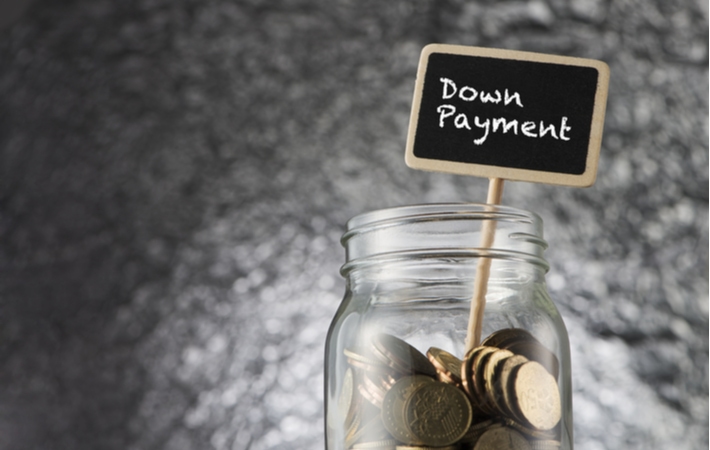Purchasing property can feel overwhelming, especially if you’re doing it alone.
Not only will you take on a large chunk of debt (in the form of a great investment), but you’ll become responsible for managing all the expenses and upkeep associated with the property.
With so many options available, how do you know what’s right for you? We’re here to explain your options and help you find the right type of mortgage.
What Is a Mortgage?
A mortgage is a type of loan, or credit product, used to purchase a property. This allows to borrower (or mortgagor) to purchase the property without having to pay for it in full upfront.
The property acts as security for the mortgage. This means that if the borrower is unable to repay the loan as agreed, then the lender (or mortgagee) can take possession of the property.
A mortgage is amortized over a period of time during which the borrower can repay the loan. This is typically a period of 20 to 30 years, depending on the mortgage. Within this amortization period, the borrower will make regular payments to the lender.
Regular payments are usually completed on a monthly basis, but the borrower can opt for biweekly or rapid payments. A regular payment will pay a portion to the principal of the mortgage (the actual funds being borrowed) and a portion to the interest (the cost of borrowing the funds). You can also opt to have a portion paid towards your property taxes, depending on where you live and what your lender offers.
As the borrower repays the mortgage, more of the regular payment will go towards the principal. The amount of money paid towards the principal represents the equity the borrower has accumulated in the property.
Understanding Mortgage Rates
A borrower can generally lock in terms of 1 to 5 years to keep their regular payments consistent. The most common term borrowers choose is a 5-year fixed term and interest rates are based off of certain financial factors of the borrower, as well as the prime lending rate.
The Bank of Canada sets the prime lending rate. Banks and other financial institutions use the prime rate to lend funds to qualifying borrowers. This rate helps determine your interest rate on your mortgage.
When choosing a mortgage rate, you have 2 options: a fixed rate or a variable rate.
A fixed rate is locked in at a set number for the entirety of your term. If you choose a fixed rate of 1.80% for a 3-year term, your interest rate for your mortgage will not change for the duration of that 3-year term.
A variable rate is usually lower, but can increase or decrease if the prime rate changes. Your regular payment amount won’t change, but the amount you pay towards your principal will increase or decrease with any change to the prime lending rate.
The “right” mortgage interest rate depends on your financial situation, short- and long-term plans, income, preference, and other factors.
Understanding Amortization
The amortization period is the total number of years a borrower has to pay off their mortgage. The standard amortization period is 25 years, but this number can change depending on how much the borrower puts into a down payment.
A shorter amortization period is usually “cheaper” in the long run because the borrower will pay less towards their interest payments over the lifetime of the mortgage. However, a shorter amortization period requires a significantly larger down payment (at least over 20% of the purchase price) or higher regular payments.
A longer amortization period, which is typically a maximum of 30 years, means the borrower will pay more in interest over the lifetime of the mortgage. However, the regular payments will likely be lower and the borrower only needs to put 20% down to get a 30-year amortization period.
There is no “right” or “wrong” amortization schedule, only the amortization schedule that works for you and your budget.

How Do I Get a 30-Year Mortgage?
To get a 30-year mortgage, you must put 20% down on the property. This means you’ll pay 20% of the purchase price upfront and these funds go directly to the principal of your loan.
So, if you purchased a home for $300,000 and you wanted a 30-year amortization period, you would need to pay $60,000 upfront.
When applying for a mortgage, most lenders will require you to provide the following:
- Government-issued photo identification
- Proof of employment/income
- List of all current assets & liabilities
Depending on the lender you apply with, you may request additional information to confirm you have the finances to afford your down payment and regular payments. However, your lender should provide you with a detailed list outlining what they need from you to complete an application.
For example, if you decide to apply for a mortgage through a private lender and not your bank, the private lender may need some additional information. Unlike your regular bank, private lenders won’t have any financial history about you and, therefore, have no idea what kind of borrower you are.
They may ask you to provide:
- A signed letter from your employer stating your position, pay, & years served
- Financial statements from the last 3 – 6 months
- Notices of assessment or T4s from the last 2 years
- Credit card statements
All of this information is critical to helping you get your mortgage.
Where Can I Apply?
You can apply for a mortgage through a mortgage lender or a mortgage broker.
Mortgage lenders lend money directly to you. These include:
- Banks & financial institutions
- Mortgage companies
- Insurance companies
- Trust companies
- Loan companies
Mortgage brokers arrange transactions and find a lender for you. Some lenders only offer certain services to brokers, so it can be very beneficial to work with a broker for your mortgage.
Mortgage brokers are regulated by province or territory. Ensure your broker is licensed in your region before moving forward with an application.
How Do I Know What I Can Afford?
Typically, your regular monthly mortgage payment will be approximately $500 for every $100,000 borrowed.
So, if you purchased a home at $300,000 and put 20% down, your mortgage would be $240,000. Your estimated monthly payment would be around $1,200 to $1,400, depending on your interest rate.
You can download our free app to calculate your ideal mortgage and payments or start easy with the government calculator.
Next Steps
Are you ready to purchase your first home? Looking to purchase a business property?
We’re here to help. Contact us today to book a consultation and get started on owning the property of your dreams.





One thought on “Can I Get a 30-Year Mortgage in Canada?”
Comments are closed.